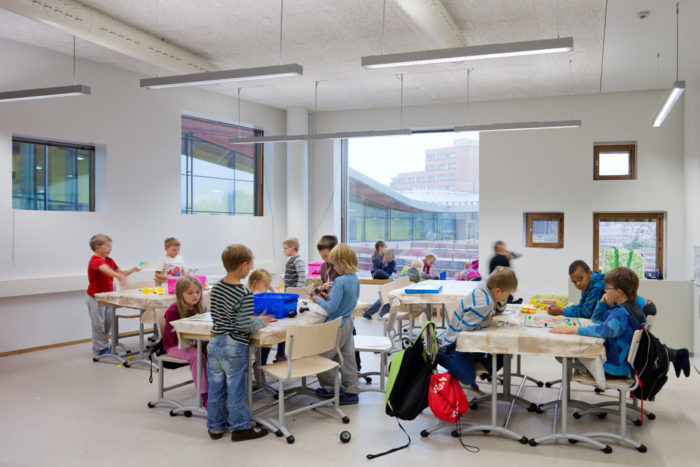Despite being socially considered as the superior system, the students of the American education system continually rank near the middle or bottom when it comes to performance in math and science. In fact, the Program for International Student Assessment (PISA) and the Organization for Economic Cooperation and Development (OECD) releases data that consistently shows American students lagging behind in a number of education performance assessments.
Currently, there is nothing much being done to change and better the middling American education system, despite constant calls for reform. There are still many private and public schools that operate on the same antiquated systems and assembly-line methods that have been used for hundreds of years. We all know that the American education system needs to be changed.
Many turn to Asian countries, as we are familiar with the stereotype of the hard-working, tunnel vision, high scoring Asian students. These Asian countries, like China, Singapore, and Japan, do consistently rank in the number one sports in both math and science.
However, I argue that we should focus our sights on a different education system – the Nordic education system. The Nordic countries, specifically Finland, are countries rich in intellectual and education reform that have completely revolutionized their respective educational systems. They consistently rank higher than the United States and are quickly gaining on the Asian countries. Finland is especially leading the way due to its common-sense practices and holistic teaching environments, prioritizing equity over excellence.
Finland did away with all standardized tests. All Finnish students are graded on an individualized basis and grading system set by their teacher. Overall progress is monitored by the Ministry of Education, which samples groups across different ranges of schools.
Finland also starts school at an older age, which is around seven years old. They are given free rein in the developing childhood years to not be chained to compulsory education; they are let to just be kids. From a psychological standpoint, it’s freeing. Many younger students mentally feel as if they’re stuck in an education prison, and Finland alleviates this forced ideal.
The current educational pipeline in America is extremely structured. Children are stuck in the K-12 circuit, jumping from teacher to teacher, all in preparation for college. For kids who go to college to “find their purpose,” it may just be a useless way to incur massive debt. Finland solves this dilemma by offering specialties in high school that trains students for various careers. Then, if they chose, Finnish students can take a Matriculation test if they want to apply to University.
Lastly, according to the OECD, students in Finland have the least amount of outside work and homework in the world, spending less than half an hour a night on school related work. Yet, Finland is outperforming countries with that toxic school-to-life balance without unneeded or unnecessary stress.
America should consider taking the same approach to education as Finland. We should not have to worry about grades and busy-work. We should be able to focus on the true task at hand – learning and growing as humans.






